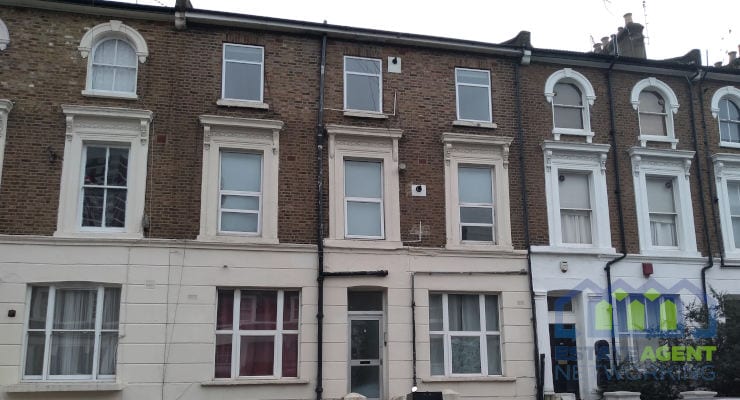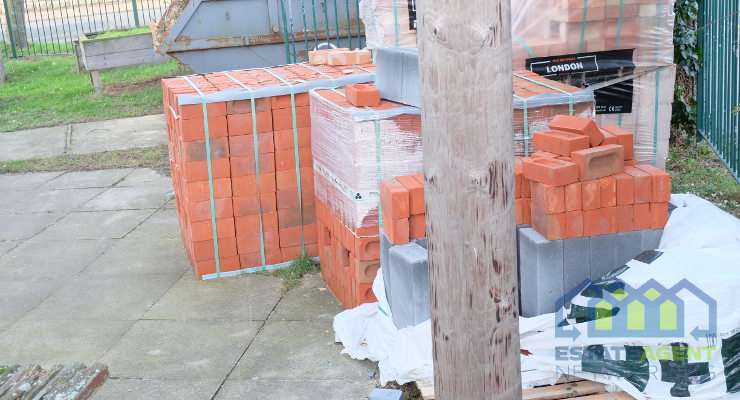This property type is setting a new standard
A new generation of park homes is redefining what affordable living means in Britain. Fresh analysis from Regency Living shows that modern park homes are not only a lower-cost alternative to traditional housing but are built to a higher energy standard that guarantees lasting savings on heating and power.
According to Regency Living, one of the UK’s leading Park Home specialists, today’s park homes are not caravans or holiday units. This is an outdated misconception. Instead, they are permanent, high-quality residences designed and built for year-round comfort, security and efficiency.
Guaranteed efficiency, built in by design
Every new residential Park Home is built to British Standard BS 3632, a mandatory national regulation that governs the design, construction and energy performance of residential park homes. Updated regularly, BS 3632 sets strict requirements for insulation, glazing, ventilation and heating control. This ensures that all new park homes are thermally efficient, comfortable and affordable to run.
By contrast, most bricks-and-mortar homes were built decades ago and only meet the Building Regulations that applied at the time. These older standards placed far less emphasis on insulation and heat retention, meaning many traditional homes leak warmth and consume far more energy to stay comfortable.
That’s one reason why park homes offer an annual saving of more than £500 on household energy bills compared to a bricks and mortar home.*
The latest version of BS 3632, introduced in 2023, has strengthened requirements even further. Walls and floors must now achieve improved U-values (the measure of how effective a material is as an insulator), ensuring superior insulation and reduced heat loss.
Thermostatic radiator valves are fitted as standard, providing better control over energy use, while enhanced ventilation requirements help maintain air quality and prevent damp, creating a healthier and more efficient home environment.
Lower bills guaranteed by regulation
What sets modern park homes apart is that their efficiency is not an optional upgrade or a happy accident, it is built in by law. Every home produced by leading manufacturers such as Prestige and Omar must meet this standard before it reaches the market, guaranteeing consistent quality and predictably low running costs.
In effect, a new Park Home is engineered to outperform the majority of existing UK housing stock on energy use and cost of living, giving homeowners year-round comfort with far smaller energy bills.
A modern solution to the cost of living
The rising cost of living is a serious problem. Previous research by Regency Living found that 54% of over-50s homeowners are worried about the cost of household bills following October’s energy price cap increase. So with financial pressures mounting, more people are seeking practical, sustainable alternatives to the traditional housing model.
That’s why park homes are playing an increasingly important role in the UK housing landscape. Modern park homes offer a forward-looking, regulation-backed solution to rising living costs. Not only are they affordable to buy, they are intelligently designed in such a way that they also stay affordable to run.
Tim Simmons, Sales Director at Regency Living, commented:
“People are beginning to realise that park homes represent a smarter, more sustainable choice for modern living. They are built to a higher and more consistent standard than most older homes, which means lower energy consumption, lower bills, and greater peace of mind. The efficiency is not a coincidence, it is guaranteed by the regulations that govern their construction.
We are already seeing a change in perception, but there is still more understanding needed for homeowners and downsizers to fully appreciate what modern park homes offer. These are not temporary units, but well-designed, permanent residences that deliver a superb standard of living in safe, welcoming communities, often located in some of the most desirable parts of the country. For many, they represent a genuine opportunity to reduce household costs without compromising on quality, comfort, or location.”








